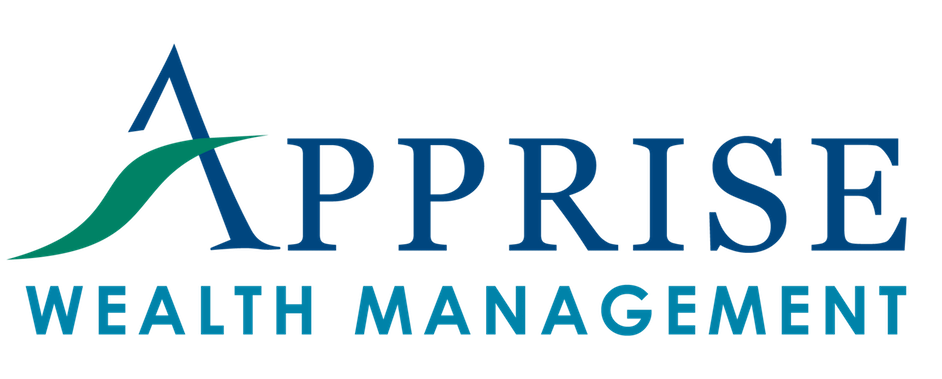In this week’s Tuesday’s Tips, I share five ways to make your charitable giving more tax efficient. Please watch the video below to learn more. If you would like a free review of your current financial situation, please use this link to schedule a free call.
This week’s Tuesday tip, discusses more tax-efficient charitable giving. In fact, I’m going to review five ways that you can make your charitable gifts more tax efficient.
These tips may be particularly helpful to those who are in charge of their family’s charitable giving for the first time. For example, those who are facing new beginnings due to life events such as widowhood or divorce.
1. Non-Cash Assets with Gains
The first suggestion for more tax-efficient charitable giving centers on your non-cash assets, such as stock.
Why am I focusing on appreciated stock? If you take your appreciated stock and you donate it directly to charity, you get a double benefit, in essence.
First, you get a charitable contribution. But the second thing that happens is you don’t pay any taxes on gains.
In other words, assume I purchased out a stock for $100 a share and today it’s worth $150. If I’m donating 20 shares, that would mean that I have a $3,000 charitable contribution, because my deduction is equal to the fair market value of those shares. I have a $1,000 gain because I only paid $2,000 for those shares, but I don’t have to report that gain. I just get the deduction for the $3,000.
By donating appreciated stock, I’ve avoided the capital gains tax which would be 15-20% depending on your income (it could be zero for some people if your income is very low, but let’s assume it’s either 15 or 20%). I avoid capital gains taxes, and I get a deduction for the full value of the stock.
2. Non-Cash Assets with Losses
The second suggestion for more tax-efficient charitable giving centers on the idea that not every investment we make is a winner.
If you want to make donations, you can also think about ways that you pair your winners with your losers. If you have a loser, and you want to make a donatin, in that case, I suggest selling the shares, recognizing the loss, and then donating the cash.
For example, assume that you paid that same $100 a share for the stock. But now it’s worth $75, so you have a $25 per share loss. You sell the shares, you recognize the loss, and then you donate the cash.
3. Bunching Deductions
The third suggestion we want to think about is the possibility of bunching deductions.
In today’s world, we have a large standard deduction, and that standard deduction makes it harder and harder for people to itemize, which means you may not even be able to claim your charitable contributions. But, if you can bunch your deductions, that can provide a benefit.
How so? Let’s assume you had mortgage interest of $12,000, and let’s also assume that you had state and local taxes plus real estate taxes that are capped at the $10,000 amount. That would be $22,000 of deductions.
We assume that the standard deduction is about $29,000. That means you’re $7,000 short.
If you donated $10,000 this year that would put you at $32,000 in total itemized deduction. You get a $3,000 tax benefit because the other $22,000 plus the $10,000 would put you at $32,000. That nets to get an additional $3,000 benefit.
But, if there’s a way that you could bunch your deductions, if you want to make let’s say two $10,000 contributions this year. You could do that by maybe making one at the end of this year so it encompasses this year and next year all at once. Now you got a $20,000 charitable deduction this year.
You’re going to get $22,000 in taxes and the interest plus the $20,000 contribution that gives you $42,000 and that gives you an excess of $13,000 ($42,000-$29,000).
If you did those $10,000 each year, you would only get $3,000 each year. So that’s a total of $6,000 versus $13,000. That means you I get an extra $7,000 deduction.
You can bunch even more years together; then it works even better.
4. Donor Advised Fund
Next, we can look at something that’s called a donor advised fund.
If you use a donor advised fund, you can get the full benefit this year, but you can parcel the money out over time.
Now you can take that same excess contribution you made this year, and you don’t have to give it all out this year. Give some out this year, some out next year, some out the year after, it’s really up to you.
The donor advised fund is a way to stretch out your distributions.
5. Qualified Charitable Distributions
The last suggestion for more tax-efficient charitable giving only applies if you’re at least 70 and a half years old. RMD’s (Required Minimum Distributions) start at 73 now. They used to start at 70 and a half, but they haven’t changed the rules for what’s called a qualified charitable distribution (or QCD) even though they raised the RMD age.
Once you’re 70 and a half or more, you can give money directly from your IRA to a charity.
You don’t get a charitable deduction in this case, but you also don’t include the amount of income.
You get a direct benefit because you’re not picking up the amount of the RMD as income. That’s also keeping your income lower for other purposes, things like the income for Medicare purposes. Plus, potentially, income for the medical deduction because that’s based on a percentage of your adjusted gross income, and things like that.
A qualified charitable contribution provides those benefits. But the other thing to keep in mind is that once you are 73. or if you’ve already started the required minimum distributions, instead of taking your RMD, you can make a QCD, the qualified charitable distribution first.
You want to make the QCD first. Otherwise, it won’t offset any of your RMD. If you make that distribution first, it counts towards your RMD. Again you don’t have to include that amount in income, and you satisfy the needs of the requirements to make that RMD. So, therefore, you’ve lowered your tax bill.
Conclusion
I hope that you find these tips tips for more tax-efficient charitable giving helpful. If you have any questions you need further clarification on these ways to improve the tax efficiency of your charitable contributions please feel free to give me a call.
Thanks for listening and have a great day.
Our practice continues to benefit from referrals from our clients and friends. Thank you for your trust and confidence.
We hope you find the above post valuable. If you would like to talk to us about financial topics including your investments, creating a financial plan, saving for college, or saving for retirement, please complete our contact form. If you do, we would be happy to have a conversation. You can also schedule a call or a virtual meeting via Zoom.
For firm disclosures, see here: https://apprisewealth.com/disclosures/





